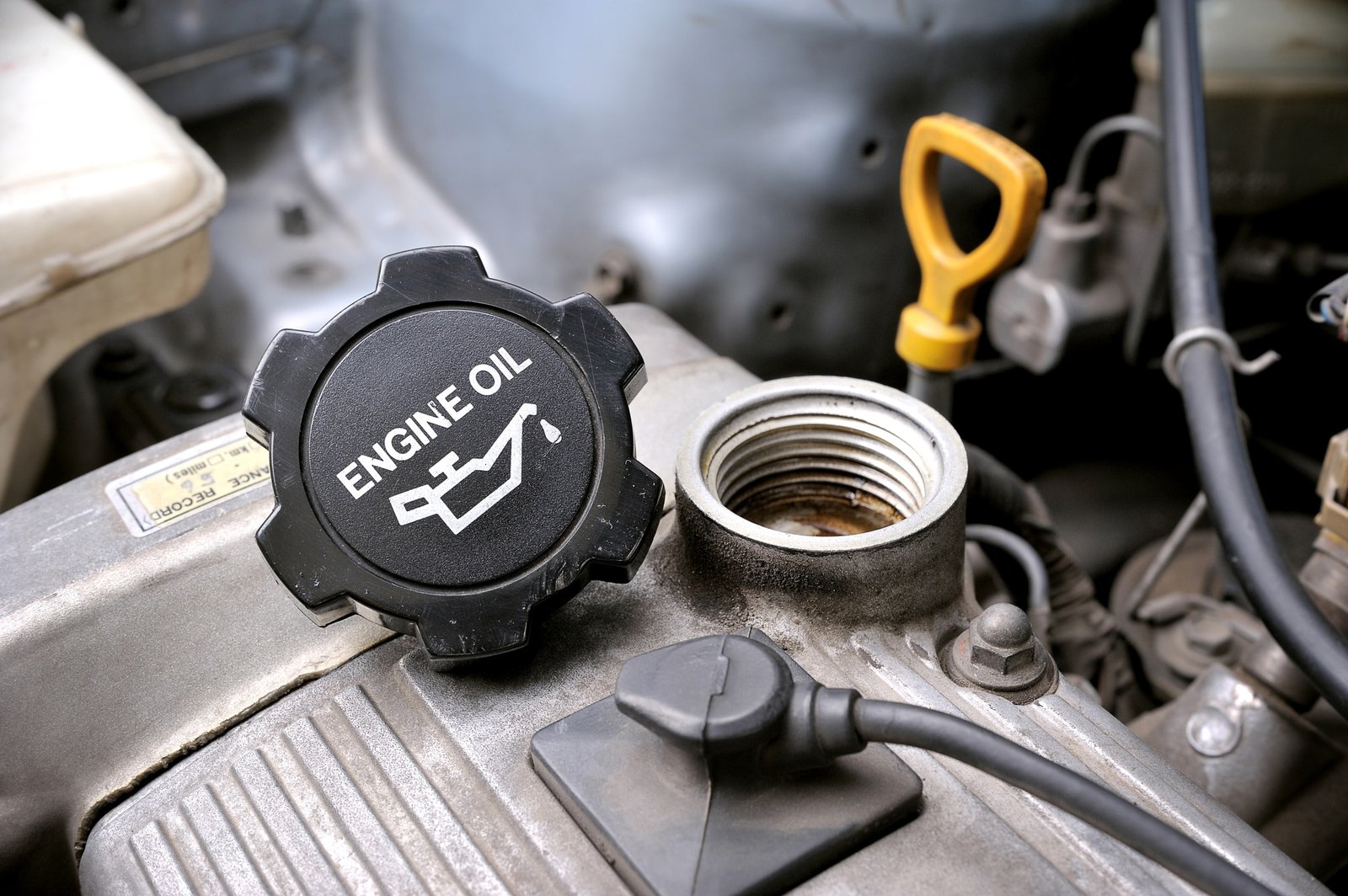So, you’ve got your eye on a used car and you’re wondering how to determine if it has any oil leaks and the overall quality of its engine oil. Well, don’t fret, because we’ve got you covered! In this article, we’ll walk you through some simple steps that will help you check for any oil leaks and assess the condition of the engine oil in a used car. By the time you’re done reading, you’ll be equipped with the knowledge to make an informed decision and ensure that you’re getting a vehicle that’s in good shape.
Exterior Inspection
When inspecting a used car, it’s important to start with the exterior. This will give you an initial idea of the car’s overall condition, including any potential oil leaks. Begin by inspecting underneath the car and checking the engine compartment.
Inspect Underneath the Car
To start, find a level surface where you can safely crawl underneath the car. Look for any signs of oil leaks, such as dark spots or puddles. This could indicate a problem with the engine or oil system. Take note of any areas that appear wet or have residue.
Check the Engine Compartment
Next, open the hood and take a closer look at the engine compartment. Look for any visible signs of oil leaks, such as oil stains on the engine or oil residue on hoses and tubes. These can be indications of a leak that may require attention.
Oil Level Check
Checking the oil level in a used car is essential to ensure the engine is properly lubricated. Follow these steps to perform an oil level check.
Locate the Dipstick
The dipstick is typically a long, slender metal rod located near the engine. It is used to measure the oil level. Consult your car’s owner manual to find the exact location of the dipstick, as it may vary depending on the make and model of the vehicle.
Remove and Clean the Dipstick
With the engine turned off and cool, remove the dipstick from its tube. Wipe off any oil residue with a clean cloth or tissue. It’s important to have a clear dipstick to obtain an accurate oil level reading.
Reinsert the Dipstick and Check the Oil Level
After cleaning the dipstick, reinsert it completely into the tube. Ensure it is fully seated and then remove it again. Take note of the oil level, which is indicated by markings on the dipstick. The level should be within the designated range. If it is below the minimum mark, it indicates a need for additional oil.
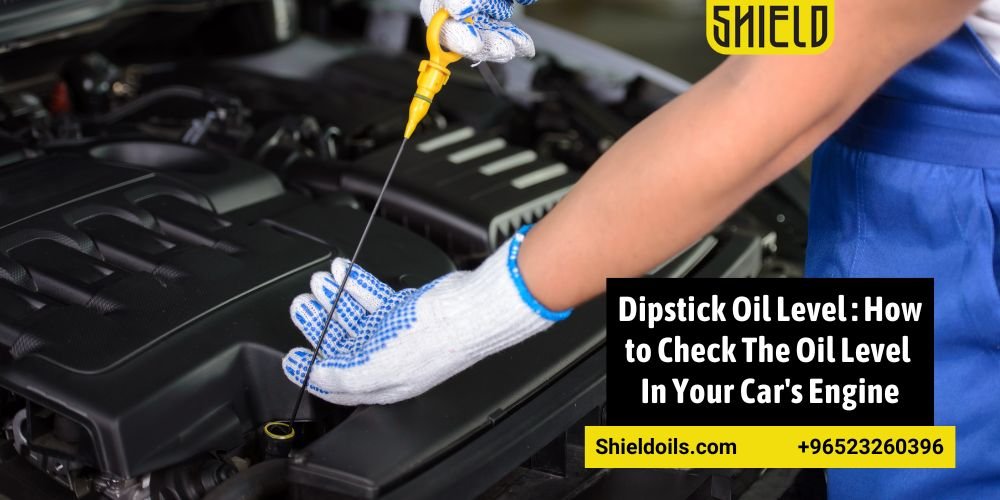
This image is property of shieldoils.com.
Checking for Oil Leaks
Inspecting for oil leaks is an important step in assessing the overall condition of a used car. Follow these steps to identify any potential leaks.
Inspect for Visible Oil Leaks
While inspecting the exterior of the car, keep an eye out for any visible oil leaks. Look for dark spots or puddles underneath the car, as well as wet or greasy areas on the engine or other components. These signs can indicate an oil leak that needs attention.
Look for Oil Stains on the Engine
Take a closer look at the engine for any oil stains. Check around gaskets, seals, and other areas where leaks commonly occur. Oil stains can help pinpoint the source of a leak and will require further investigation and potential repairs.
Check for Oil Residue on Hoses and Tubes
Inspect all hoses and tubes connected to the engine for any signs of oil residue. Wipe your fingers along the surfaces to detect any greasy or oily residue. If you notice oil residue, it could indicate a leak or a need for maintenance.
Engine Oil Quality Check
Aside from checking for oil leaks, it’s also important to assess the quality of the engine oil. This will give you an indication of how well the previous owner maintained the car’s engine. Follow these steps to check the engine oil quality.
Inspect the Color of the Oil
The color of the engine oil can provide insights into its condition. Healthy engine oil should typically be transparent or amber in color. If the oil appears extremely dark or black, it may be an indication that it needs to be changed. Contaminated oil can cause damage to the engine if not addressed.
Check for Foamy or Milky Appearance
Observe the consistency of the engine oil. If it appears foamy or has a milky appearance, it could be a sign of coolant mixing with the oil. This can be an indication of a serious issue and should be addressed by a professional mechanic.
Smell the Engine Oil
While it may sound unusual, smelling the engine oil can provide additional insight into its condition. Healthy engine oil should have a mild, petroleum-like odor. If the oil has a burnt smell or emits an unusual odor, it could be an indication of a problem and may require further investigation.
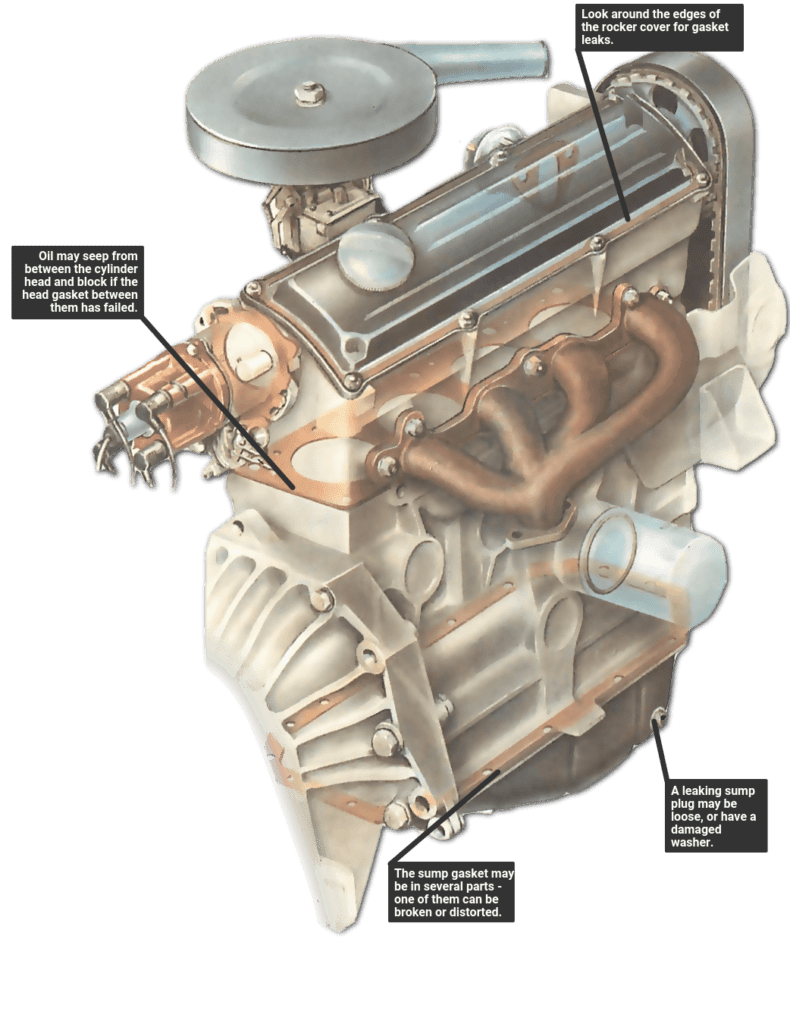
This image is property of www.howacarworks.com.
Checking the Oil Consistency
In addition to checking the oil quality, it’s important to assess the consistency of the engine oil. Follow these steps to ensure the oil is in good condition.
Rub the Oil Between Your Fingers
After removing the dipstick, rub a small amount of oil between your fingers. Healthy engine oil should feel smooth and slippery. If it feels gritty or contains any solid particles, it may indicate contamination or the presence of metal particles.
Check for Metal Particles or Sediments
As you rub the oil between your fingers, check for any metal particles or sediments. These can be indications of engine wear or damage. If you notice any significant amounts of metal particles or sediments, it’s recommended to have a professional mechanic further investigate the issue.
Testing the Engine Oil
To thoroughly assess the engine oil, consider performing an oil pressure test or requesting a professional oil analysis.
Perform an Oil Pressure Test
An oil pressure test measures the oil pressure within the engine. Low oil pressure can be an indication of engine problems or a failing oil pump. Consult a professional mechanic to perform this test, as it requires specialized tools and knowledge.
Request a Professional Oil Analysis
A professional oil analysis involves sending a sample of the engine oil to a laboratory for testing. This analysis can provide detailed information about the oil’s condition, including any contaminants or wear particles. Many professional oil analysis services are available, and they can provide valuable insights into the overall health of the engine.
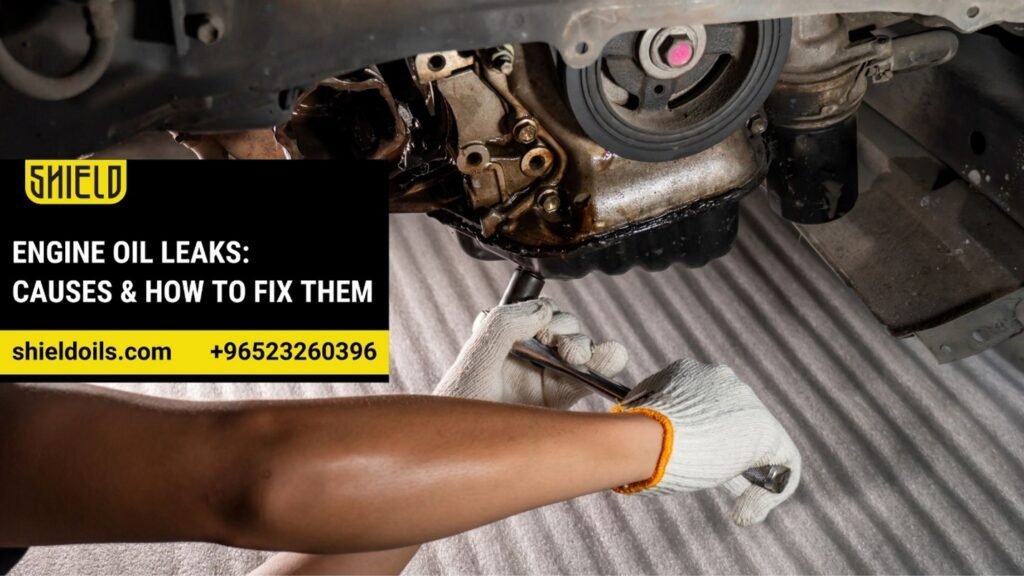
This image is property of shieldoils.com.
Signs and Symptoms of Engine Problems
In addition to checking for oil leaks and assessing oil quality, it’s important to be aware of any signs and symptoms of engine problems. These indicators can help you identify potential issues during your inspection.
Check for Blue or White Smoke from the Exhaust
Blue or white smoke coming from the exhaust can indicate oil burning or coolant mixing with oil. This can be a sign of serious engine problems, such as worn piston rings or a blown head gasket. If you observe this symptom, it’s crucial to have the car thoroughly inspected by a professional mechanic.
Listen for Unusual Engine Noises
Pay close attention to any unusual engine noises during your inspection. Knocking or ticking sounds can be indications of internal engine problems, while grinding or squealing noises may signify issues with belts or pulleys. Any unfamiliar or concerning noises should be evaluated by a professional mechanic.
Feel for Engine Misfires or Lack of Power
During a test drive, be mindful of any engine misfires or a lack of power. If the engine feels rough or struggles to accelerate, it could be a sign of ignition or fuel system problems. These issues should be diagnosed and repaired to ensure optimal engine performance.
Importance of Regular Oil Changes
Regular oil changes are essential for the longevity and performance of any car’s engine. Here are a few key reasons why maintaining a regular oil change schedule is crucial.
Prevents Engine Wear and Tear
Engine oil provides lubrication for the moving parts within the engine. Over time, the oil becomes contaminated with dirt, debris, and metal particles, which can cause increased friction and wear. Regular oil changes help remove these contaminants, reducing the risk of engine damage and prolonging its lifespan.
Maintains Proper Lubrication
Fresh oil ensures that all engine components are properly lubricated, allowing them to operate smoothly and without excessive friction. Adequate lubrication helps prevent overheating and reduces the chances of engine failure. Regular oil changes are crucial for maintaining this lubricating function.
Improves Engine Performance and Fuel Efficiency
Clean oil helps the engine operate more efficiently, resulting in improved performance and fuel efficiency. Dirty or old oil can increase engine drag and cause inefficient combustion, leading to reduced power and increased fuel consumption. Regular oil changes optimize engine performance and help maximize fuel efficiency.
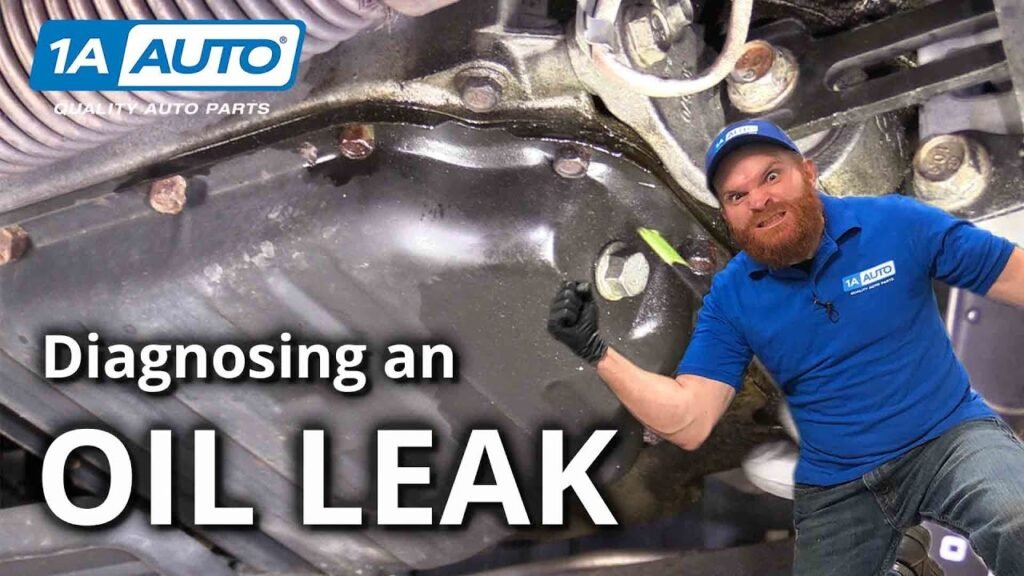
This image is property of i.ytimg.com.
Consulting a Professional Mechanic
While conducting your own inspection is important, it’s always a good idea to consult with a professional mechanic for a more thorough assessment. They have the expertise and tools necessary to identify potential issues that may not be evident during a visual inspection.
Seek a Professional Inspection
If you’re unsure about any aspect of the inspection process or have concerns about the condition of the used car, seeking a professional inspection is highly recommended. A mechanic can thoroughly assess the car, including its oil system, and provide you with an unbiased evaluation of its overall condition.
Consider a Pre-Purchase Inspection
If you’re considering purchasing a used car, a pre-purchase inspection is a wise investment. This comprehensive inspection, performed by a qualified mechanic, can help you make an informed decision about the vehicle’s condition. It includes an assessment of the oil system, engine components, and overall mechanical integrity.
Summary and Conclusion
Performing a thorough inspection when checking for oil leaks and assessing engine oil quality in a used car is crucial. By inspecting underneath the car, checking the engine compartment, and evaluating the oil level and quality, you can gain valuable insights into the car’s condition. Regular oil changes and maintenance are key to ensuring the longevity and performance of a vehicle’s engine. When in doubt, always consult with a professional mechanic to assess any potential issues and make informed decisions.
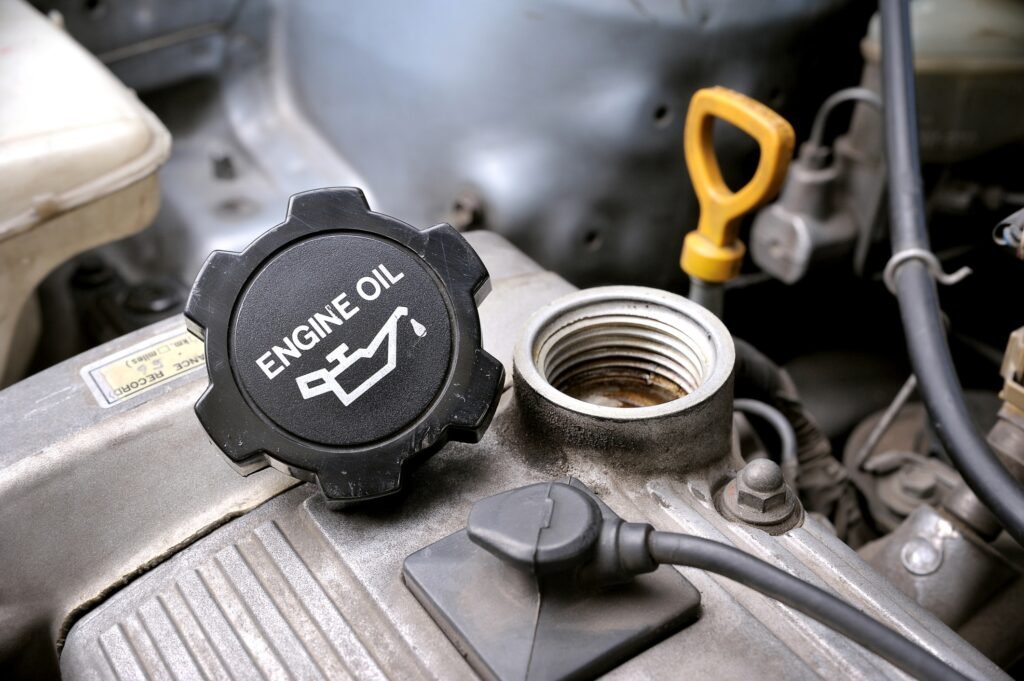
This image is property of assets.tiresplus.com.

